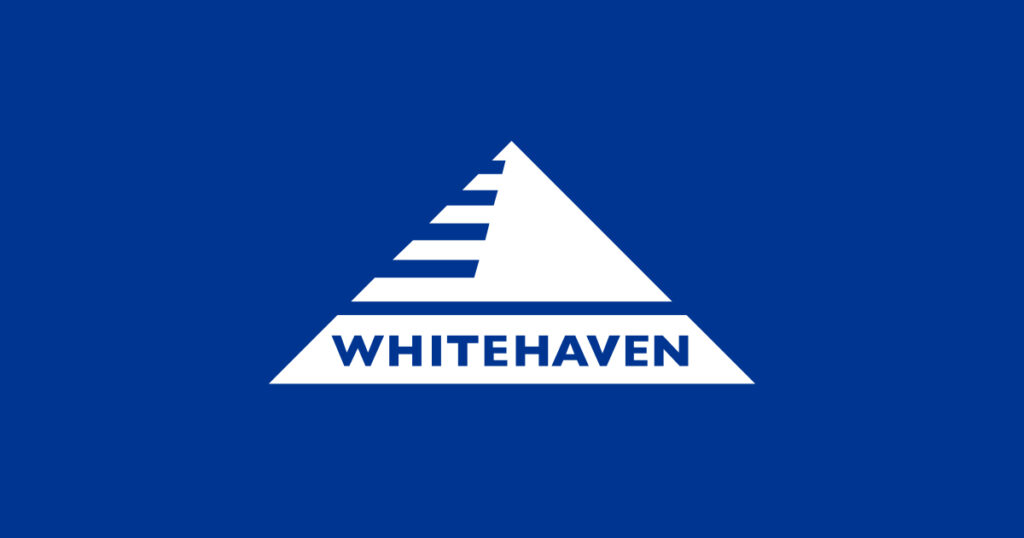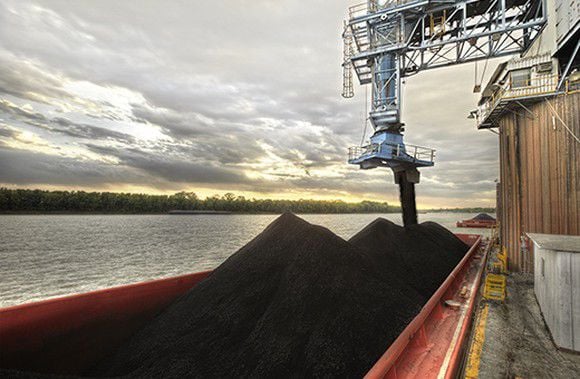European coal prices would likely draw further near-term support from signs of a tightening market and lingering Asian demand, yet tepid generation demand was set to cap gains.
The front-month API 2 contract was last seen up USD 0.85 at USD 112.10/t on Monday on Ice Futures.
“The market is currently driven by the uncertainty over how much Colombian coal remains easily available for Europe, when both South Korea and China are taking more,” said a coal analyst with a European energy firm.
The rise in Asian demand for coal from Colombia – which was last year Europe’s largest supplier – was due in part to recently announced US sanctions on key Russian exporter Suek that could see punitive measures taken against the firm’s customers.
Growing China demand
The analyst pointed also to growing demand from leading consumer China, due to reduced domestic production and rising power generation.
“Nevertheless, with [rising] API 2 prices now opening the arbitrage for US coal again [to Europe], the latest run up in prices was probably too far, especially when you look at the poor European coal burn outlook,” he added.
Amid slowing EU demand, thermal coal imports to northwest Europe were provisionally forecast to reach around 2.79m tonnes this month, down marginally from 2.93m tonnes in February, according to DBX projections.
As such, stocks at key Amsterdam, Rotterdam and Antwerp (ARA) import terminals had declined by around 8% over the past month to 5.6m tonnes, according to provisional Montel estimates.
Despite signs of a growing Chinese appetite for imports, the market was unlikely to garner significant support from competing Asia-Pacific buyers.
Although China hiked imports 23% on the year to 74.5m tonnes in January-February, average daily imports fell 19% versus December, said Toby Hassall, lead coal analyst at LSEG.
Import tariffs
“The slowdown early this year can be partly attributed to the reinstatement of import tariffs on coal supplied by countries with whom China does not have free trade agreements,” he said.
China imposed a 3-6% tax on imports from countries without bilateral free trade agreements from January, affecting suppliers such as Russia.
The year-on-year rise in Chinese imports was reflective of lower seaborne prices, which were more competitive relative to the country’s domestic production, Hassall said.
“Since falls in seaborne prices tend to elicit an increase in China’s demand for imports, this can serve to clear the market and support seaborne prices in the short term,” he said.
Written by: Laurence Walker










